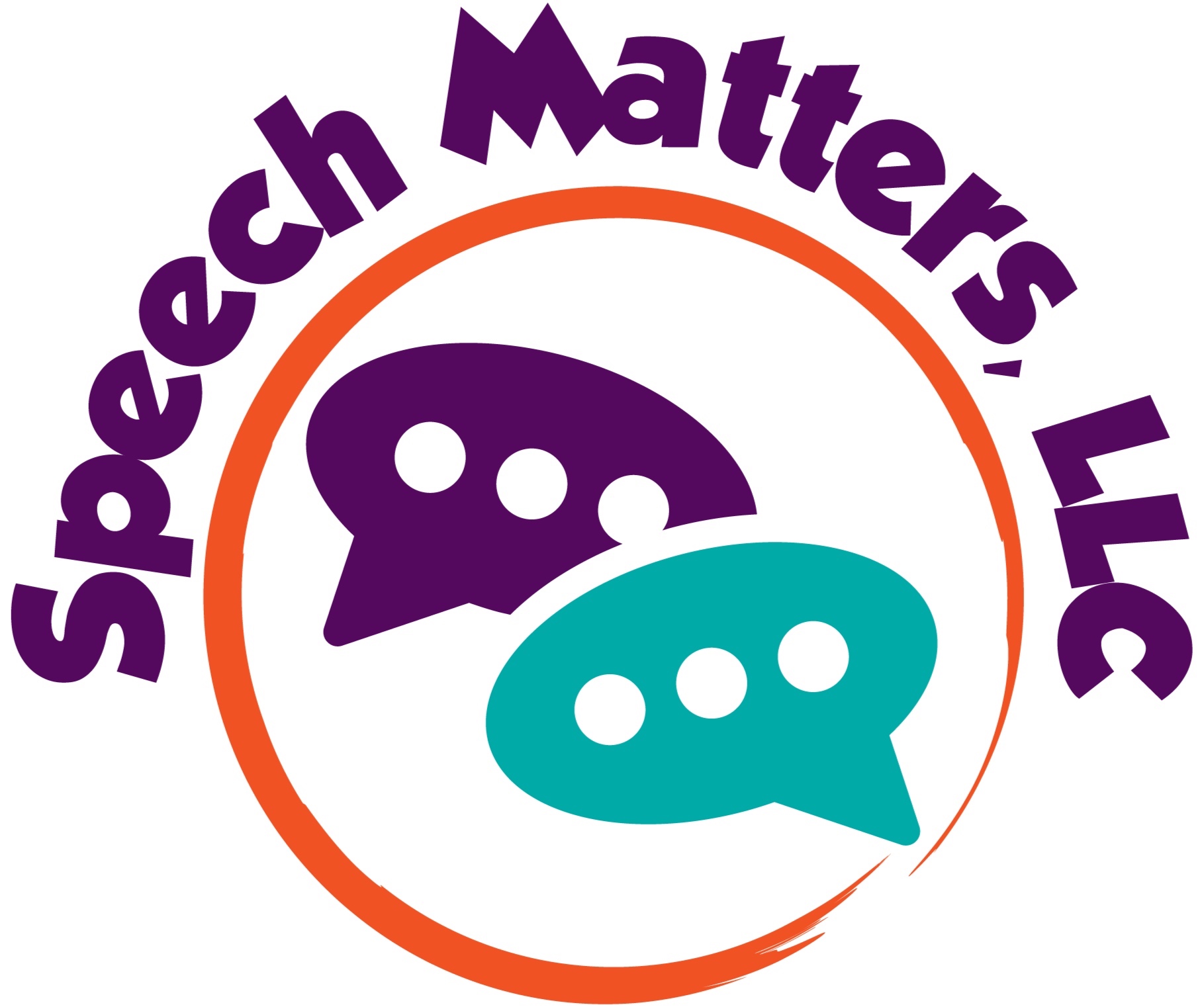Receptive/Expressive language disorders
Receptive/expressive language involves the comprehension and/or use of various facets of language. A receptive/expressive language disorder impairs a child's ability to receive, send, or process verbal and/or non-verbal communication. Common areas of of communication that may be impacted by a receptive/expressive language disorder include:
Phonological and Phonemic Awareness: Children who have difficulty with phonological or phonemic awareness struggle to understand the meaning of individual sounds (phonemes) and how those sounds blend together or separate into segments to form words (phonology). Children who have difficulty with phonological and phonemic awareness may have trouble with rhyming, learning to read or spell, and auditory comprehension of oral language.
Receptive/Expressive Vocabulary: Children who struggle with understanding vocabulary may have difficulty with identifying categories (fruit, animals, transportation, etc.), with labeling members of a given category (fruits: apples, bananas, oranges, etc.), and with understanding word relationships (i.e. whiskers and a cat go together because a cat has whiskers”).
Understanding of Linguistic concepts and directions: Children with a receptive language disorder might demonstrate difficulties with following directions. They may not understand basic concepts, such as what “under” means when a parent tells them their shoe is “under” the bed. Trouble with the meaning of these linguistic concepts and the impact of not understanding on the ability to follow single or multistep directions negatively impacts the child’s participation in school, at home and in social activities.
Inferencing: Inferencing refers to a higher level of thinking and reasoning, similar to critical thinking skills. The ability to inference impacts all areas of daily life; we use inferencing skills to take what we already know, combine that knowledge with the clues provided to us, and put them together to determine a logical conclusion. We do this in reading, in answering questions, in understanding humor and sarcasm, and through visuals.
Understanding/Use of Grammar and Syntax: A common feature of language disorders includes difficulty with understanding grammar. Morphology is the language component necessary for understanding and using parts of speech. Morphology includes understanding what creates appropriate verb and pronoun usage, the use of conjunctions and the creation of plurals. Sentence structure may be impaired, resulting in short utterances, or longer utterances that are lacking in accurate grammatical forms or message meaning.
Auditory Processing or Comprehension Skills: A child with auditory processing or comprehension skills may demonstrate difficulties with listening and interpreting spoken language. The length and complexity of the spoken message may also alter the meaning the child gleans from the message heard. Children with auditory processing deficits or auditory comprehension skills may suffer within the classroom, often presenting with trouble following directions, keeping up with peers in the classroom, and trouble with understanding literature or information presented orally in class.
Narrative Language: Narrative language involves the planning an organization of lengthy expressive language (verbal or written). Children who have a narrative language disorder may demonstrate trouble with:
Organization of verbal or written language
Including appropriate descriptive details in verbal or written language
Sequencing stories
Re-telling stories or describing events with clarity
Summarizing

